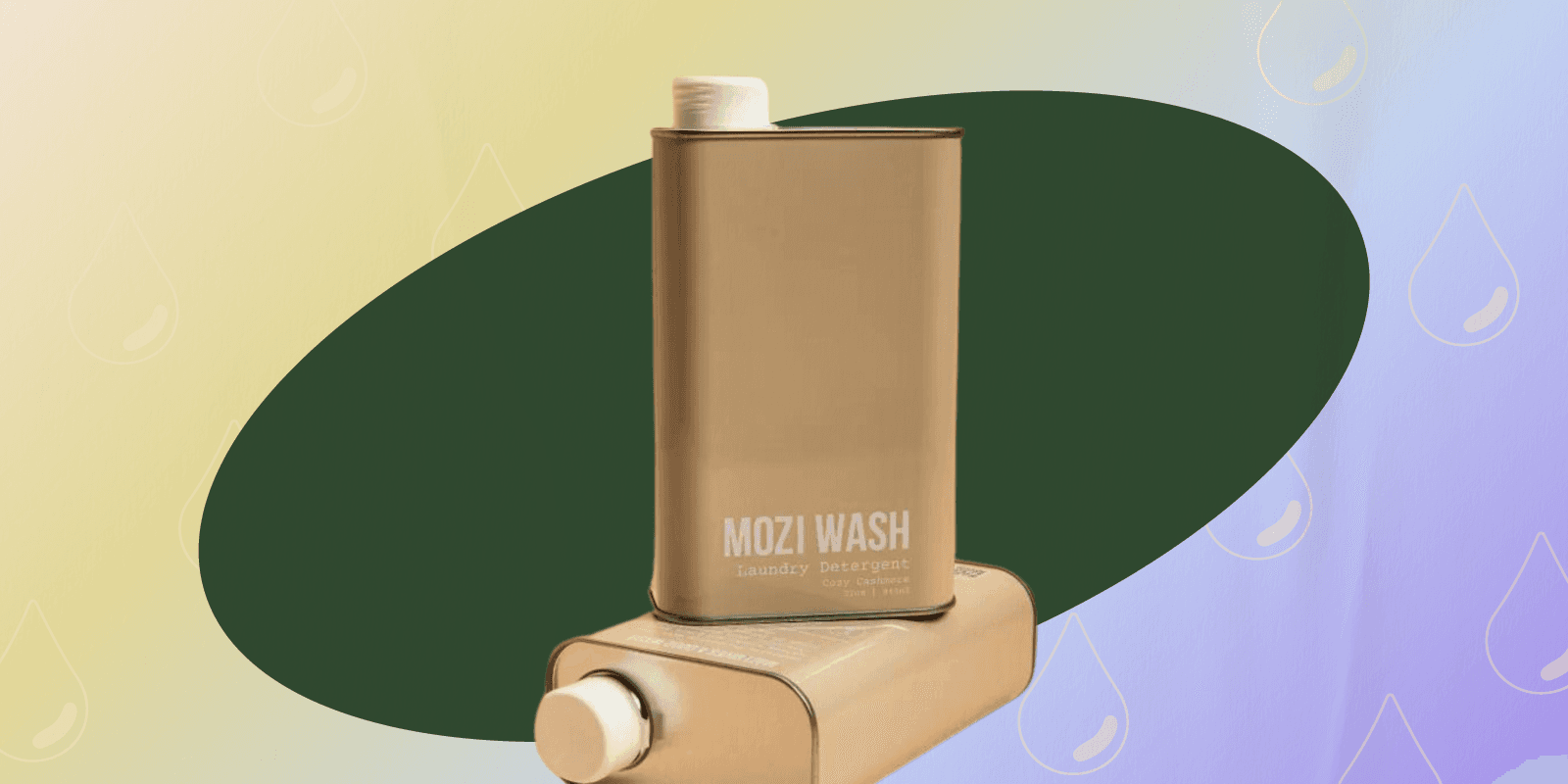The Content Flywheel
We work with many ecomm brands in the health, fitness, and fashion world, and we see a problem across the majority of marketing teams.
Different departments operate in silos.
Email does its own thing. Organic social does another. Paid exists on its own island. And the cycle continues
And this is a problem…
Marketing teams should have a north star. And each team should work together to reach it. Which is why we help brands build that infrastructure.
And it starts with organic social and we call it the organic flywheel.
So, let’s take Mozi Wash. A safer laundry detergent alternative to the big guys aka Tide, Arm & Hammer, etc.
But here’s the disconnect we see...
Brands will invest in organic social. Content will perform well. That data doesn’t get communicated or scaled across other departments/teams. The organic social team is then onto the next hit.
That’s a problem…
Instead, the organic success should get relayed and impact other team’s performance.
Lemme show you what I mean… (btw this is a hypothetical example with Mozi Wash)
Organic Content
Mozi created this video which talks about the toxic ingredients in other laundry detergents and how they created a safe alternative.
It got ~70k views. The key is to not look at that video and celebrate it getting ~70k views but to understand that those ~70k views are data points for a “winning narrative.”
A winning narrative they should scale into other touch points.
Why?
The comments, saves, shares, and views are all data points telling you what’s relatable, valuable, and resonates.
So, if it works in video, then chances are it’s going to work on your landing pages, email, sms, paid ads, etc.
So, let’s scale this piece of content…

Landing Page
The next layer is to take the winning narrative aka toxic ingredients in other laundry detergents and make it the focal point of the landing page.
This is where you can take that narrative and layer in deeper levels of education.
I’d take that narrative and create an advertorial around it to take someone from a problem-aware consumer to a solution-aware consumer (more on this).
Example:
5 Reasons Why You Should Never Use Tide Pods If You Care About Your Health
1. X
2. X
3. X
4. X
5. X
Then the bridge…
From problem to solution aware where Mozi Wash now introduces itself.
Example:
So, we built the laundry detergent that’s safer, smells better, and is better for you.

Email Marketing
There’s three parts here and how you can use the same narrative across multiple touchpoints.
1. Email Opt-In
Here we’d create a dedicated email opt-in for the advertorial page we created. This is called keeping the scent trail the same.
Example:
Pick your laundry detergent and we’ll send you its safety score.
2. Email Campaign(s)
You can also use this narrative for one-off email campaigns.
Examples:
How safe is your laundry detergent?
These laundry detergents were banned in X states
These ingredients in your laundry detergent aren’t safe
3. Email Sequence(s)
Lastly, incorporate this narrative into your email sequences. So, imagine someone opts in via email and they go down a 3-email sequence. The key would be to add a dedicated email within that sequence about toxic ingredients in other laundry products.
Example:
Email #1 = Welcome to Mozi Wash
Email #2 = Founding Story
Email #3 = The problem with other laundry detergents

Paid Ads
The last part is taking that narrative and scaling it across your ad creative.
So this means taking the central idea and repackaging.
Examples:
- 3 Reasons why you shouldn’t use these laundry detergents
- The unsafest isle at the grocery store is the laundry detergent aisle
- These ingredients in your laundry detergent are banned in X states

This is the flywheel…
Taking one piece of winning organic social, relaying the data to the rest of the team/departments, and scaling winning narratives across all other touch points.


